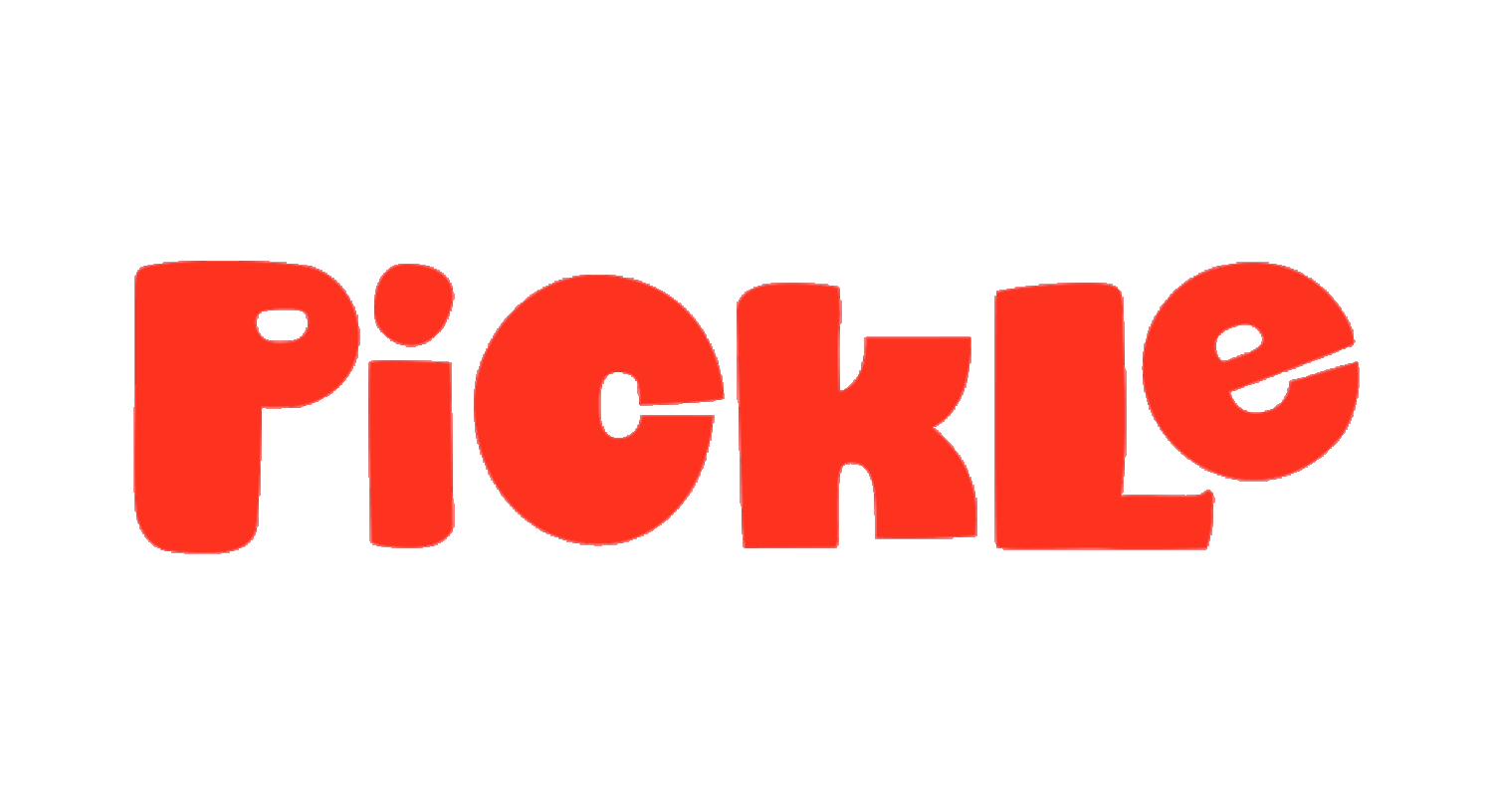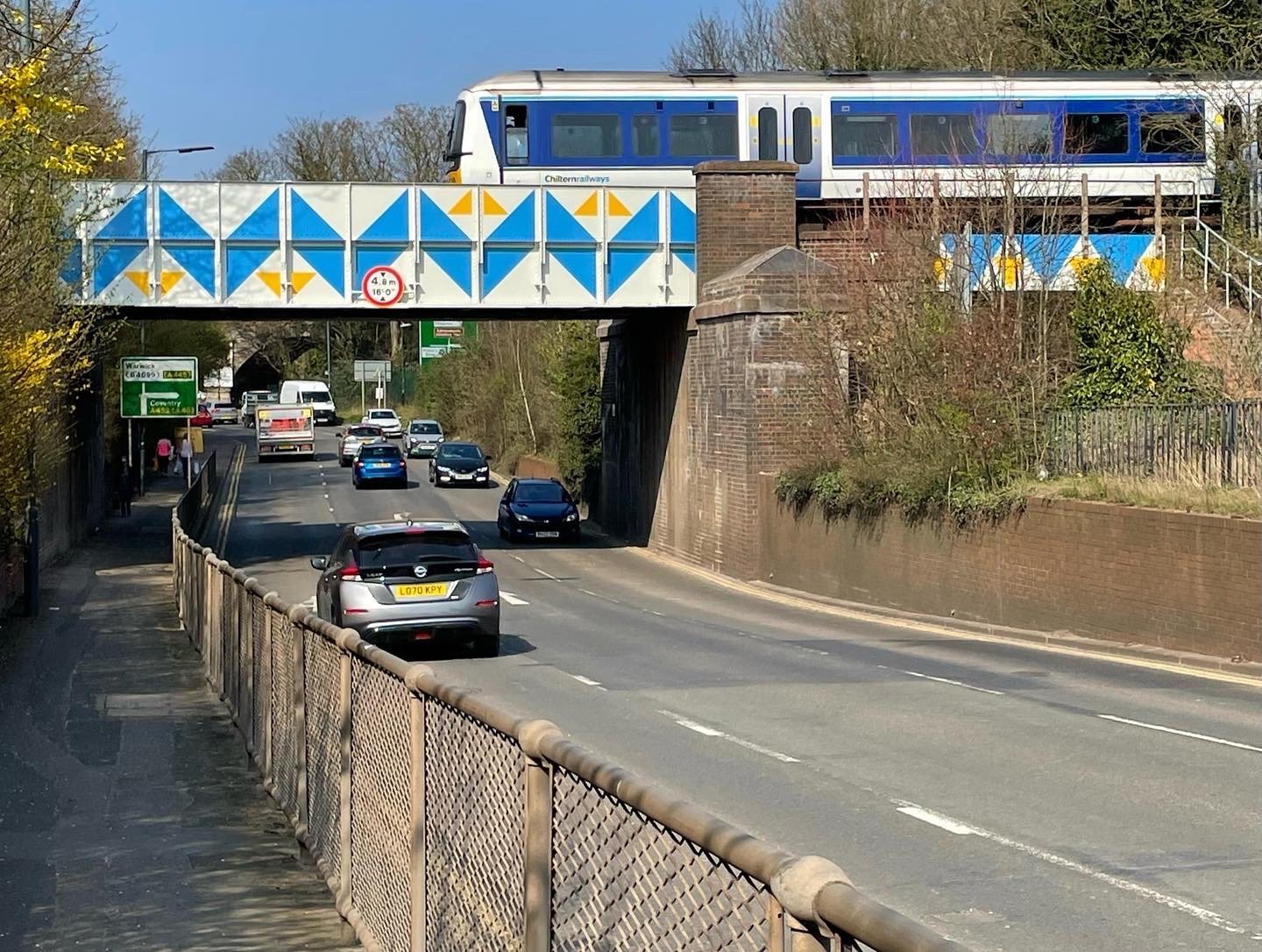Art In the Public Realm: Pickle Chats to Johnathan Branson about challenges from a local authority perspective and top tips for artists
Johnathan Branson is one of those rare beings who seems to always have time for everyone. We were very grateful of that when we approached him on social media in 2021 hoping for any kind of insight into his role at Warwick Council Arts Section. Ever since we have been in contact and has been more than willing to help guide us around working in the public sphere and involved us in the Warwick District Art Scene, blessed!
1. What is your role within Warwick District Council?
I’m the Projects and Development Manager in the Arts Section, and I’m also the Warwick District Creative Compact Manager. I’m responsible for increasing attendance and participation in the Arts within the District and developing the council’s creative infrastructure. My role includes service development, strategic partnerships, project management, reporting and monitoring, and arts marketing. I’m interested in exploring opportunities for service development, including new technologies and programmes of work, and improving processes to enhance service delivery and increase impact. I’m also responsible for developing new income streams and creating best value out of our current assets through collaborations with strategic partners in the public and private sectors.
“Artists need to consider the life cycle of the public art work, from conception to how it is de-installed and disposed of”
2. What are some examples of projects you have helped come to fruition in your role in Warwick Council?
I get to work on a fun mix of tactical delivery and strategic development. Notable recent projects include developing and running CultureFest; a month-long cultural programme that took place across four town, which showcased and celebrated the incredible arts and heritage venues, artists, and creatives in the area. In 2021-22 I worked on bringing three pieces of public art to the area, including The Royal Leamington Spa Colour Palette by Stacey Barnfield, Down by the River by Spencer Jenkins, and Railway Bridge by Jenny Moncur. For the past three years I’ve run a programme of creative sector symposiums and networking events called Spark, and I’m now working on a summer networking event called Ignite. I also manage Warwick District Creative Compact, a network of 19 leaders, which aims to provide strategic and visible leadership for the cultural and creative industries in the district and deliver the Creative Framework’s vision.
The Royal Leamington Spa Colour Palette by Stacey Barnfield
3. What are the most common obstacles you face when commissioning art in the public sphere?
Permissions! Finding the money and commissioning an artist is the easy bit. Getting permissions to use a piece of land (public or private), especially in Warwick district, can be challenging as many central public areas have heritage or conservation orders in place. Advertising consent is also required, as is consent from Highways England if the artwork is near a road and poses the risk of distracting a driver or encouraging large numbers of people to convene in a space that could obstruct traffic. Planning consent can be required too if the piece of work is permanent or large. If any formal consents are required, stakeholders get the opportunity to comment on the proposal through the planning process, and consequently community engagement and clear communications is essential to minimise the risk and impact of objections on delivery.
Spark 2023 Sizzle Reel. Find out more here
“ the work should add value/support the council’s wider ambitions for the district – if they can demonstrate that, it will be a positive step in engaging the Council and Officers.”
4. What would you say are the first steps for councils to commission a piece of public art? Where can they start?
From a local authority perspective, funding must be in place. The two pieces of work I have helped bring to the area have been funded via central government as part of wider infrastructure improvement works and Covid recovery. The council does not have pots of money to commission new work. Building a case for the new work for Cabinet approval is also important. It would not go ahead if elected Members could not see or understand the value of commissioning the piece. The case for the recent pieces of public art was largely around improving public spaces in celebration of the Birmingham Commonwealth Games coming to town, and to encourage people back into town centres following lockdown. We have a Creative Framework, which underpins everything we do – and art in the public realm helps us deliver against the placemaking agenda, which is a strategic priority.
5. On the other end of the relationship, what can artists do to get more of their work engaged with by councils? What are the councils looking for in artist collaborations?
It’s important for artists to be aware of the complexities of installing a piece of art in the public realm. I’m often approached by artists who want to put work in parks or on walls across our towns. Developing clear budgets and identifying funding streams will also help. Simple things like maintenance and insurance of the piece are often overlooked, as are contracts around intellectual property and ownership. Artists need to consider the life cycle of the work, from conception to how it is de-installed and disposed of. Risk is also another important factor to consider; is there any environmental impact of the chosen materials? Does it pose a risk to people of wildlife? What happens if it is broken or vandalised? There are many considerations, and doing this work before engaging a local authority will help Officers establish if it is an idea that they can support. And finally, the work should add value/support the council’s wider ambitions for the district – if they can demonstrate that, it will be a positive step in engaging the Council and Officers.
6. What are your hopes for the future of public art within Warwick Council? Are there any projects at the moment you are particularly excited about?
We are exploring the idea of developing a public art strategy or art in the public realm policy and have engaged a group of MA students from The University of Warwick to conduct a piece of desk research to establish how other local authorities are working in this area, what’s working well, and what resources are required to replicate it in Warwick District.
Warwick District Creative Framework- A great resource to see what councils are looking for within the public art realm…
Quick Fire
Twitter or Instagram: Twitter for work, Instagram for play
Pickle or No Pickle: As a Branson (often confused with Branston), ALWAYS pickle
Early Bird or Night Owl: Early bird (I’m early for everything)
Spark or Ignite Festival: Spark
Cycle or Walk: Erm,.. er… I enjoy both. Pass.
Potatoes or Bread: Bread.
A recently watched film recommendation: My Neighbor Totoro. I loved it as a kid in the 80s, and now my son loves in in the 20s.
Thank you so much Johnathan! We can’t wait for the upcoming Ignite Event too! Find out about the event here…




